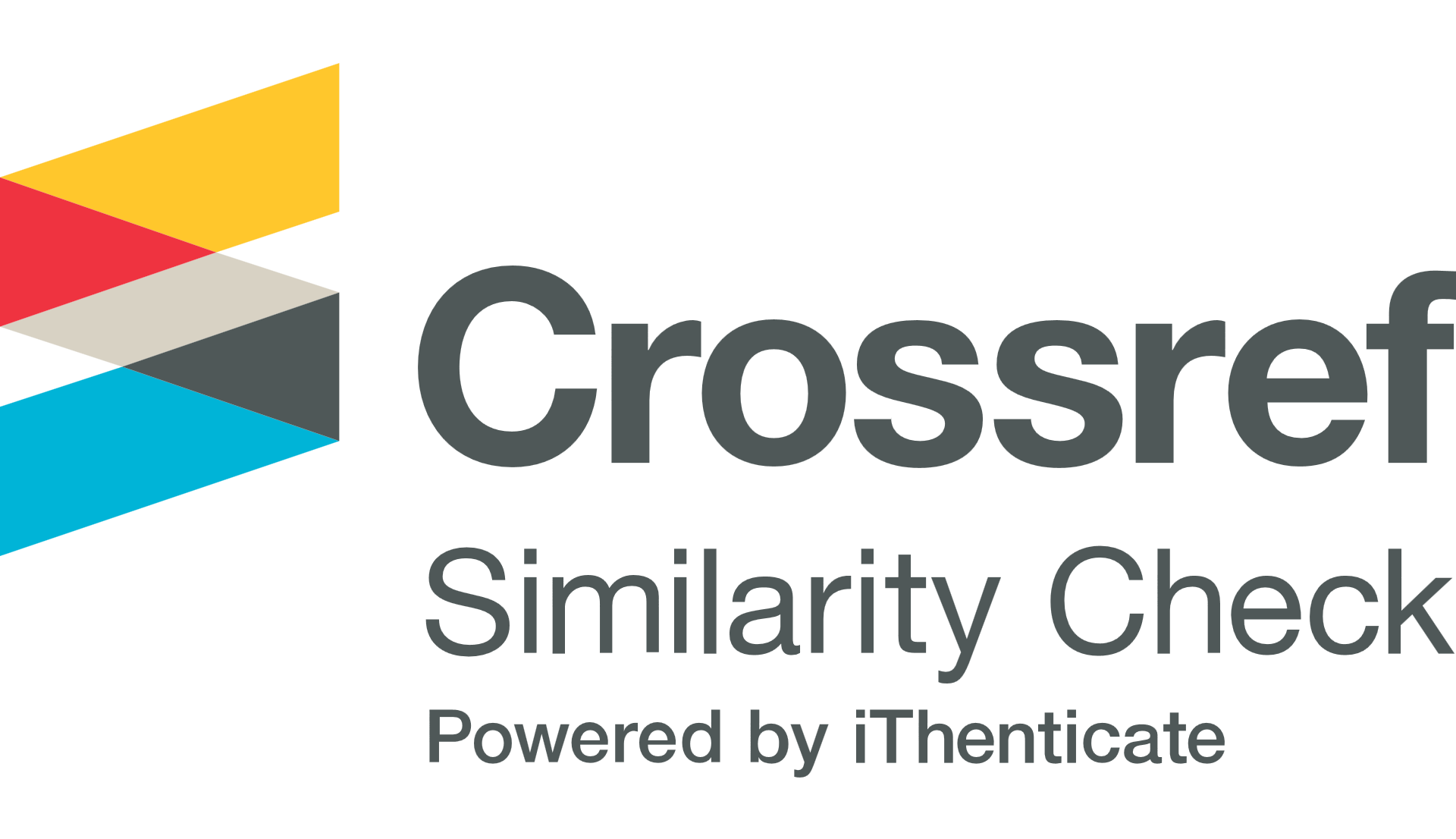Ekstraksi Relasi Antar Entitas di Bahasa Indonesia Menggunakan Neural Network
DOI:
https://doi.org/10.37823/insight.v3i02.156Keywords:
Convulution Recurrent Neural Network, Information Extraction, Relation Extraction, Bahasa Indonesia.Abstract
Dengan perkembangan zaman yang begitu pesat, berdampak pada perkembangan data pula. Salah satu bentuk data yang paling banyak saat ini berupa data tekstual seperti artikel sederhana maupun dokumen lain yang terdapat di internet. Agar data tekstual tersebut dapat dimengerti dan dimanfaatkan dengan baik oleh manusia, maka perlu di proses dan disederhanakan agar menjadi informasi yang ringkas dan jelas. Oleh karena itu, semakin berkembang pula penelitian dalam bidang Information Extraction (IE) dan salah satu contoh penelitian di IE adalah Relation Extraction (RE). Penelitian RE sudah banyak dilakukan terutama pada Bahasa Inggris dimana resourcenya sudah termasuk banyak. Metode yang digunakan pun bermacam-macam seperti kernel, tree kernel, support vector machine, long short-term memory, convulution recurrent neural network, dan lain sebagainya. Pada penelitian kali ini adalah penelitian RE pada Bahasa Indonesia dengan menggunakan metode convulution recurrent neural network yang sudah dipergunakan untuk RE Bahasa Inggris. Dataset yang digunakan pada penelitian ini adalah dataset Bahasa Indonesia yang berasal dari file xml wikipedia. File xml wikipedia ini kemudian diproses sehingga menghasilkan dataset seperti yang digunakan pada CRNN dalam Bahasa inggris yaitu dalam format SemEval-2 Task 8. Uji coba dilakukan dengan berbagai macam perbandingan data training dan testing yaitu 80:20, 70:30, dan 60:40. Selain itu, parameter pooling untuk CRNN yang digunakan ada dua macam yaitu ‘att’ dan ‘max’. Dari uji coba yang dilakukan, hasil yang didapatkan adalah bervariasi mulai dari mendekati maupun lebih baik bila dibandingkan dengan CRNN dengan menggunakan dataset Bahasa inggris sehingga dapat disimpulkan bahwa dengan CRNN ini bisa digunakan untuk proses RE pada Bahasa Indonesia apabila dataset yang digunakan sesuai dengan penelitian sebelumnya.
References
[2]M. Banko, M. J. Cafarella, S. Soderland, M. Broadhead, and O. Etzioni, “Open information extraction from the web,” IJCAI Int. Jt. Conf. Artif. Intell., pp. 2670–2676, 2007.
[3]D. Raj, S. K. Sahu, and A. Anand, “Learning local and global contexts using a convolutional recurrent network model for relation classification in biomedical text,” CoNLL 2017 - 21st Conf. Comput. Nat. Lang. Learn. Proc., no. CoNLL, pp. 311–321, 2017, doi: 10.18653/v1/k17-1032.
[4]M. N. Nityasya, R. Mahendra, and M. Adriani, “Hypernym-Hyponym Relation Extraction from Indonesian Wikipedia Text,” Proc. 2018 Int. Conf. Asian Lang. Process. IALP 2018, pp. 285–289, 2019, doi: 10.1109/IALP.2018.8629216.
[5]B. Rink, S. Harabagiu, and K. Roberts, “Automatic extraction of relations between medical concepts in clinical texts,” J. Am. Med. Informatics Assoc., vol. 18, no. 5, pp. 594–600, 2011, doi: 10.1136/amiajnl-2011-000153.
[6]R. C. Bunescu and R. J. Mooney, “A shortest path dependency kernel for relation extraction,” HLT/EMNLP 2005 - Hum. Lang. Technol. Conf. Conf. Empir. Methods Nat. Lang. Process. Proc. Conf., no. October, pp. 724–731, 2005, doi: 10.3115/1220575.1220666.
[7]D. S. Esperanti and A. Purwarianti, “Relation extraction using dependency tree kernel for Bahasa Indonesia,” 4th IGNITE Conf. 2016 Int. Conf. Adv. Informatics Concepts, Theory Appl. ICAICTA 2016, no. 1, 2016, doi: 10.1109/ICAICTA.2016.7803105.
[8]M. Wang, “A Re-examination of Dependency Path Kernels for Relation Extraction,” Proc. Third Int. Jt. Conf. Nat. Lang. Process., vol. 2, pp. 841–846, 2008, [Online]. Available: http://www.aclweb.org/anthology-new/I/I08/I08-2119.pdf.
[9]Y. Shinyama and S. Sekine, “Preemptive Information Extraction using Unrestricted Relation Discovery,” HLT-NAACL 2006 - Hum. Lang. Technol. Conf. North Am. Chapter Assoc. Comput. Linguist. Proc. Main Conf., no. June, pp. 304–311, 2006, doi: 10.3115/1220835.1220874.
[10]M. Zhang, J. Zhang, J. Su, and G. Zhou, “A composite kernel to extract relations between entities with both flat and structured features,” COLING/ACL 2006 - 21st Int. Conf. Comput. Linguist. 44th Annu. Meet. Assoc. Comput. Linguist. Proc. Conf., vol. 1, no. July, pp. 825–832, 2006, doi: 10.3115/1220175.1220279.
[11]M. Mintz, S. Bills, R. Snow, and D. Jurafsky, “Distant supervision for relation extraction without labeled data,” no. August, p. 1003, 2009, doi: 10.3115/1690219.1690287.
[12]E. Agichtein and L. Gravano, “Snowball: Extracting relations from large plain-text collections,” Proc. ACM Int. Conf. Digit. Libr., pp. 85–94, 2000.
[13]I. Hendrickx, S. N. Kim, Z. Kozareva, P. Nakov, L. Romano, and S. Szpakowicz, “SemEval-2010 Task 8 : Multi-Way Classification of Semantic Relations Between Pairs of Nominals,” no. July, pp. 33–38, 2010.
[14]G. D. Zhou, M. Zhang, D. H. Ji, and Q. M. Zhu, “Tree kernel-based relation extraction with context-sensitive structured parse tree information,” EMNLP-CoNLL 2007 - Proc. 2007 Jt. Conf. Empir. Methods Nat. Lang. Process. Comput. Nat. Lang. Learn., no. June, pp. 728–736, 2007.
[15]R. J. Mooney and R. C. Bunescu, “Subsequence Kernels for Relation Extraction,” Adv. Neural Inf. Process. Syst., pp. 171–178, 2006, [Online]. Available: http://papers.nips.cc/paper/2787-subsequence-kernels-for-relation-extraction.
[16]K. Watanabe and D. Bollegala, “A two-step approach to extracting attributes for people on the web,” Proc. WWW 2009 2nd …, pp. 22-es, 2009, [Online]. Available: http://portal.acm.org/citation.cfm?doid=1219044.1219066%5Cnhttp://www.miv.t.u-tokyo.ac.jp/papers/watanabe-WEPS2009.pdf.
[17]T. H. Nguyen and R. Grishman, “Combining Neural Networks and Log-linear Models to Improve Relation Extraction,” 2015, [Online]. Available: http://arxiv.org/abs/1511.05926.
[18]T. H. Nguyen and R. Grishman, “Relation Extraction: Perspective from Convolutional Neural Networks,” Assoc. Comput. Linguist., pp. 39–48, 2015, doi: W15-1506.
[19]M. Surdeanu†, J. Tibshirani†, R. Nallapati?, and C. D. Manning†, “Multi-instance Multi-label Learning for Relation Extraction,” Solid State Sci., vol. 10, no. 12, pp. 1794–1799, 2008, doi: 10.1016/j.solidstatesciences.2008.01.031.
[20]L. Qian, G. Zhou, F. Kong, and Q. Zhu, “Semi-supervised learning for semantic relation classification using stratified sampling strategy,” EMNLP 2009 - Proc. 2009 Conf. Empir. Methods Nat. Lang. Process. A Meet. SIGDAT, a Spec. Interes. Gr. ACL, Held Conjunction with ACL-IJCNLP 2009, no. August, pp. 1437–1445, 2009, doi: 10.3115/1699648.1699690.
[21]B. Rink and S. Harabagiu, “UTD: Classifying semantic relations by combining lexical and semantic resources,” ACL 2010 - SemEval 2010 - 5th Int. Work. Semant. Eval. Proc., no. July, pp. 256–259, 2010.
[22]Z. Zhang, “Weakly-supervised relation classification for information extraction,” Int. Conf. Inf. Knowl. Manag. Proc., pp. 581–588, 2004, doi: 10.1145/1031171.1031279.
[23]P. Zhou et al., “Attention-based bidirectional long short-term memory networks for relation classification,” 54th Annu. Meet. Assoc. Comput. Linguist. ACL 2016 - Short Pap., pp. 207–212, 2016, doi: 10.18653/v1/p16-2034.
[24]C. N. Dos Santos, B. Xiang, and B. Zhou, “Classifying relations by ranking with Convolutional neural networks,” ACL-IJCNLP 2015 - 53rd Annu. Meet. Assoc. Comput. Linguist. 7th Int. Jt. Conf. Nat. Lang. Process. Asian Fed. Nat. Lang. Process. Proc. Conf., vol. 1, no. 1, pp. 626–634, 2015, doi: 10.3115/v1/p15-1061.
[25]L. Zhang and D. Moldovan, “Chinese relation classification via convolutional neural networks,” Proc. 31st Int. Florida Artif. Intell. Res. Soc. Conf. FLAIRS 2018, no. 2011, pp. 225–228, 2018.
[26] Jeffrey Pennington, Richard Socher, and Christopher D Manning. 2014. Glove: Global vectors for word representation. In EMNLP. volume 14, pages 1532–1543.
[27] Sepp Hochreiter and J¨urgen Schmidhuber. 1997. Long short-term memory. Neural computation 9(8):1735–1780.
[28] Ronan Collobert and Jason Weston. 2008. A unified architecture for natural language processing: Deep neural networks with multitask learning. In Proceedings of the 25th international conference on Machine learning. ACM, pages 160–167.
[29] Hendrickx, I., Kim, S.N., Kozareva, Z., Nakov, P., Séaghdha, D.O., Padó, S., Pennacchiotti, M., Romano, L. and Szpakowicz, S., 2019. Semeval-2010 task 8: Multi-way classification of semantic relations between pairs of nominals. arXiv preprint arXiv:1911.10422.
Downloads
Published
How to Cite
Issue
Section
License
Copyright (c) 2021 Journal of Information System,Graphics, Hospitality and Technology

This work is licensed under a Creative Commons Attribution-ShareAlike 4.0 International License.
















.png)
.png)






